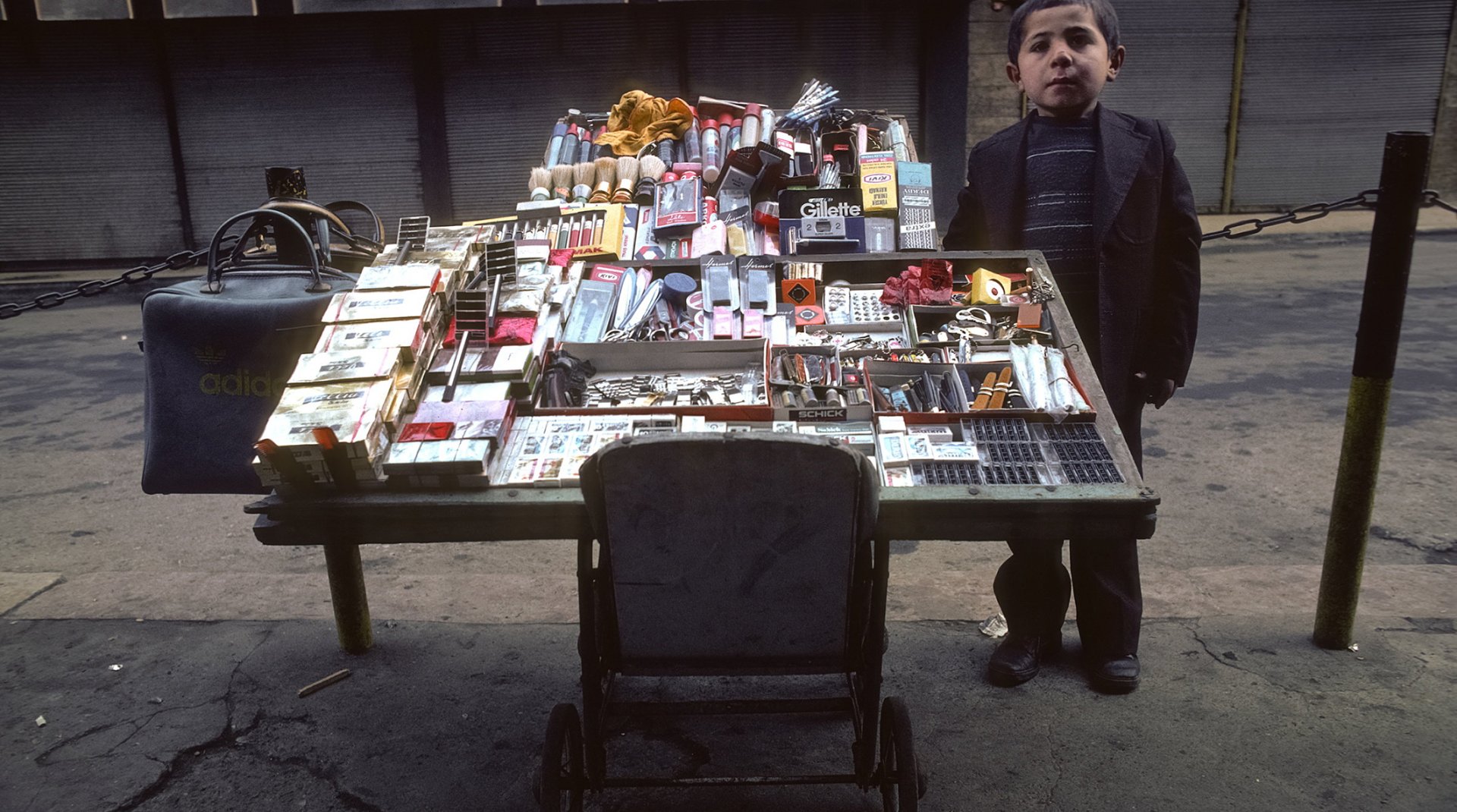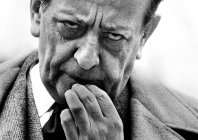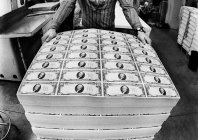Login or register for free to continue browsing
Access all this year’s exclusive online content

Photographer Unchained
Jean-Pierre Laffont
I began taking photographs very young. When I was a teenager, I did scuba diving and dreamed of becoming an underwater photographer. My mother gave me my first camera, which I didn’t use underwater, but rather to take my first photos during the Algerian war. I had an eye for photography, but at that time there weren’t any photography schools in France. So, I went to the school with the best reputation in Europe: the École des Arts et Métiers in Vevey, Switzerland. That’s where I became a photographer. It was a job that promised adventure, and I wanted to bear witness to the times. I wanted to be free to explore the world, cover current events and tell stories.
Preview
01 of 03





